The 3rd Asia-Pacific CBR Congress
FACTORS OF VILLAGE HEALTH VOLUNTEERS WITH THE INTENTION TO LEAVE ELDERLY CARE IN URBAN DISTRICT, NAKHON RATCHASIMA PROVINCE, THAILAND
Author: Osamu Watanabe
Affiliation: 1Morinomiya University of Medical Sciences, Department of Physical Therapy, Osaka, Japan
Background: Thailand is a Southeast Asian nation which has recently experienced social and economic changes. Accompany these dynamic changes, Thailand has encountered a rapid demographic shift, resulting in an shift aging society. Along with this dynamic demographic shift, the prevalence of non-communicable diseases has been increasing and they have become leading causes of death and disabilities.
In the context of the increasing global demand for health workers, WHO defined a community health worker as the key ingredient to successful health systems coverage, focusing the attention on the covering shortage of health workers in developing countries. In Thailand, as with other Asian nations, VHVs are described as people who serve as “Bridges” between health care professions and community members. VHVs in elderly care are expected to take an important roles in the rapidly aging society.
However, with the ever increasing work load on VHVs, one of the biggest challenges for the community is guaranteeing that the volunteers remain satisfied and committed to continuing their rolls. According to WHO, there is high turnover rate among VHVs across the world. Thailand also exhibits a high drop-out rate of VHVs. In previous studies conducted in Thailand showed 62% of VHVs working in malaria prevention intended to leave, and only 24% of VHVs were committed to long term service. High rates of turnover can hinder the capacity of organizations to deliver the quality of service clients required.
However only a few scholars have investigated the factors of VHVs with the intention to leave elderly care. It is therefore the aim of this study to identify the predictors that leads to the VHVs intention to leave their roles as elderly caregivers.
Purpose: To examine an association between intention to leave and related factors.
Methods: A cross-sectional descriptive study was conducted. A total of 415 self-administered questionnaires were distributed in February, 2014. Chi-square tests and multiple logistic regression were employed to identify significant predictors of intention to leave by VHVs.
Results: Approximately one-third of VHVs (33.5%) intended to leave volunteering. When adjusting for other factors, significant predictors were: volunteering duration (AOR: 2.69, 95% CI= 1.33-5.40), other responsibilities VHVs participated (AOR: 2.40, 95% CI= 1.38-4.18), absent frequency (AOR: 2.25, 95% CI= 1.28-3.95) and job satisfaction levels (AOR: 5.62, 95% CI= 2.26-13.99).
Conclusion: The findings suggested the most significant key factor to reduce VHVs intention to leave elderly care is VHVs satisfaction.
Implications: Improving work place support and incentives to promote job satisfaction will result in a reduction in turnover intention by VHVs.
Key-Words: Village Health Volunteers, elderly care, turnover intention
Ethics approval: COA.No. 2014/005.0601 The comittee for research ethics (Social Sciences), Mahidol University, Salaya, Phutthamonthon, Nakhhon Pathom 73170 Thailand.
Slide 1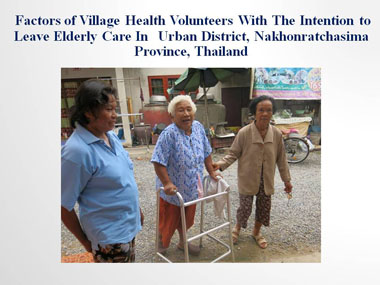 (Slide 1 text)
(Slide 1 text)
Slide 2 (Slide 2 text)
(Slide 2 text)
Slide 3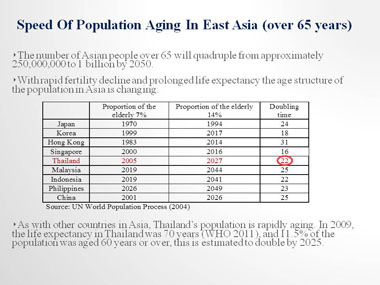 (Slide 3 text)
(Slide 3 text)
Slide 4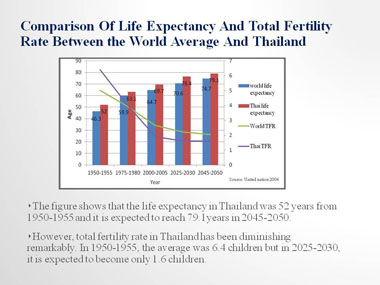 (Slide 4 text)
(Slide 4 text)
Slide 5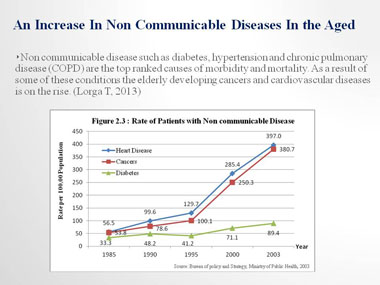 (Slide 5 text)
(Slide 5 text)
Slide 6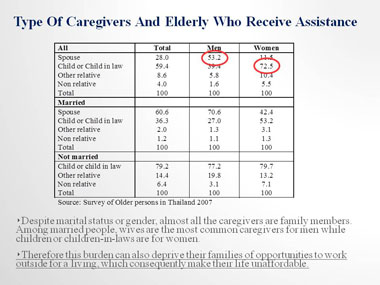 (Slide 6 text)
(Slide 6 text)
Slide 7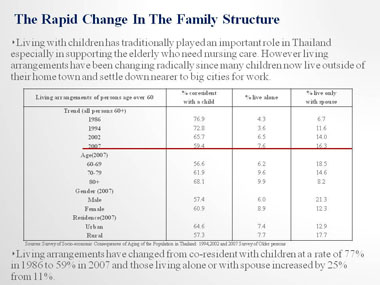 (Slide 7 text)
(Slide 7 text)
Slide 8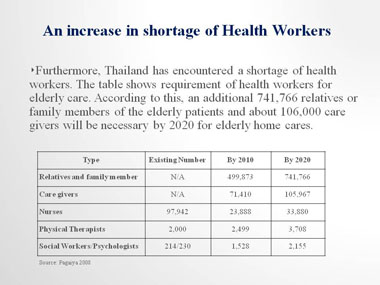 (Slide 8 text)
(Slide 8 text)
Slide 9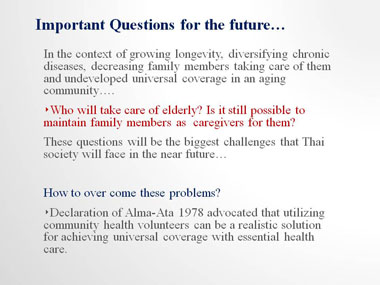 (Slide 9 text)
(Slide 9 text)
Slide 10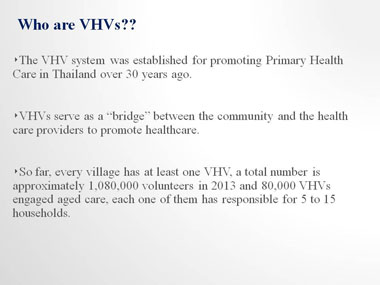 (Slide 10 text)
(Slide 10 text)
Slide 11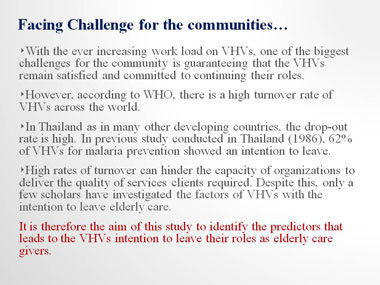 (Slide 11 text)
(Slide 11 text)
Slide 12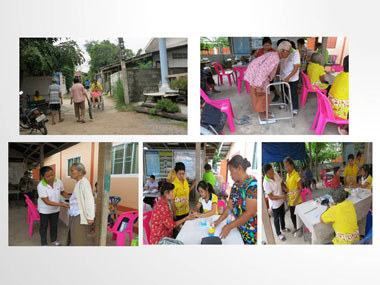
Slide 13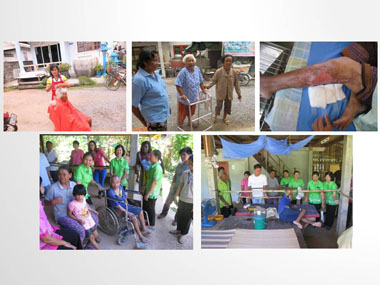
Slide 14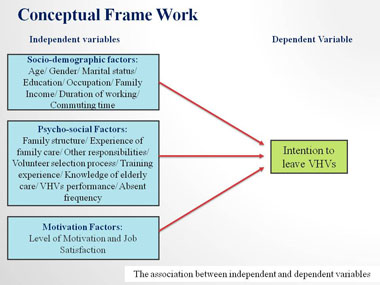 (Slide 14 text)
(Slide 14 text)
Slide 15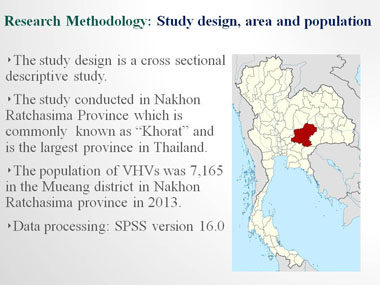 (Slide 15 text)
(Slide 15 text)
Slide 16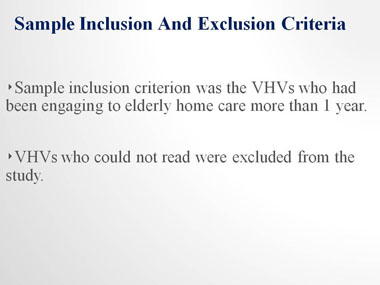 (Slide 16 text)
(Slide 16 text)
Slide 17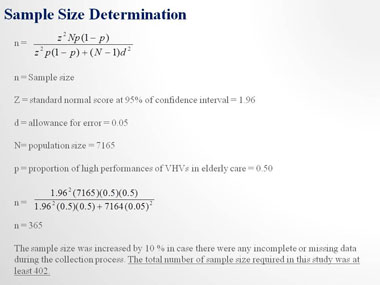 (Slide 17 text)
(Slide 17 text)
Slide 18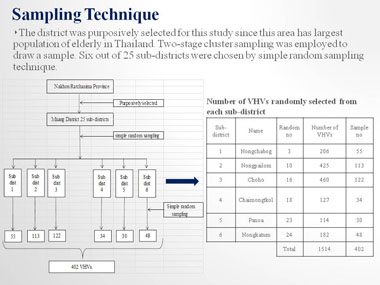 (Slide 18 text)
(Slide 18 text)
Slide 19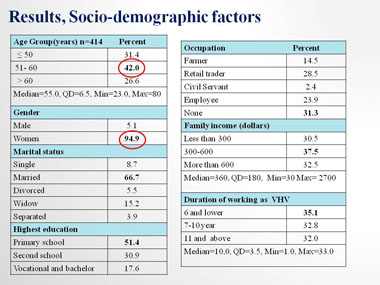 (Slide 19 text)
(Slide 19 text)
Slide 20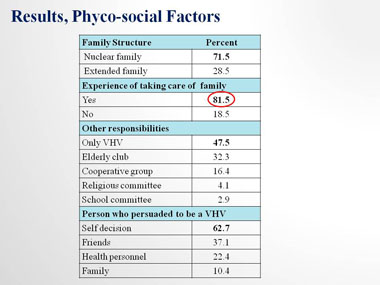 (Slide 20 text)
(Slide 20 text)
Slide 21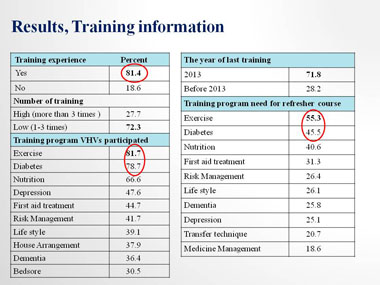 (Slide 21 text)
(Slide 21 text)
Slide 22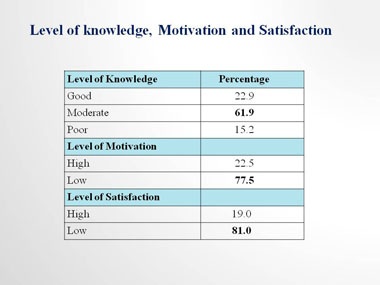 (Slide 22 text)
(Slide 22 text)
Slide 23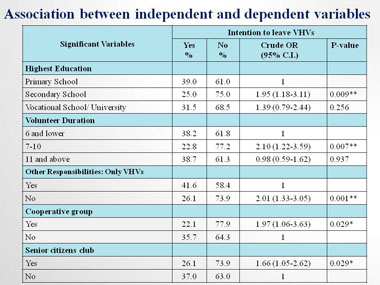 (Slide 23 text)
(Slide 23 text)
Slide 24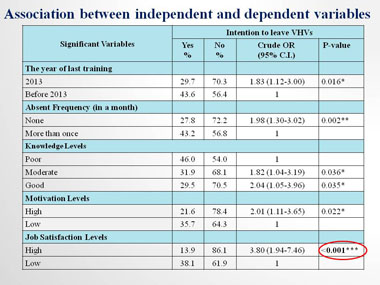 (Slide 24 text)
(Slide 24 text)
Slide 25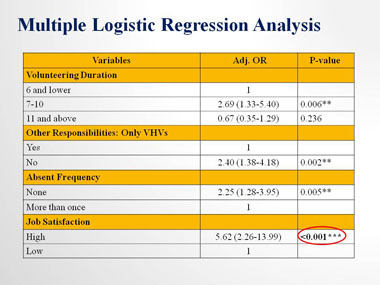 (Slide 25 text)
(Slide 25 text)
Slide 26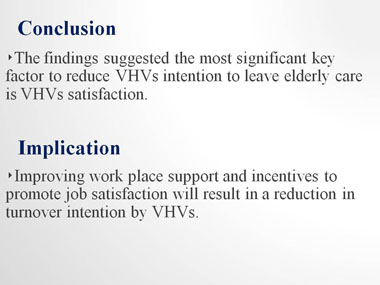 (Slide 26 text)
(Slide 26 text)
Slide 27 (Slide 27 text)
(Slide 27 text)
Slide 28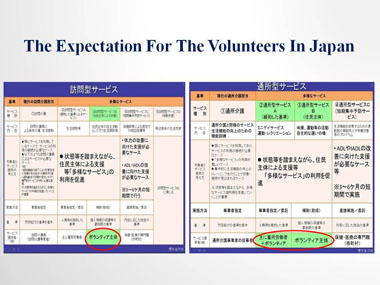 (Slide 28 text)
(Slide 28 text)
Slide 29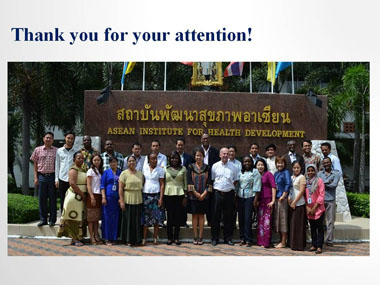 (Slide 29 text)
(Slide 29 text)
